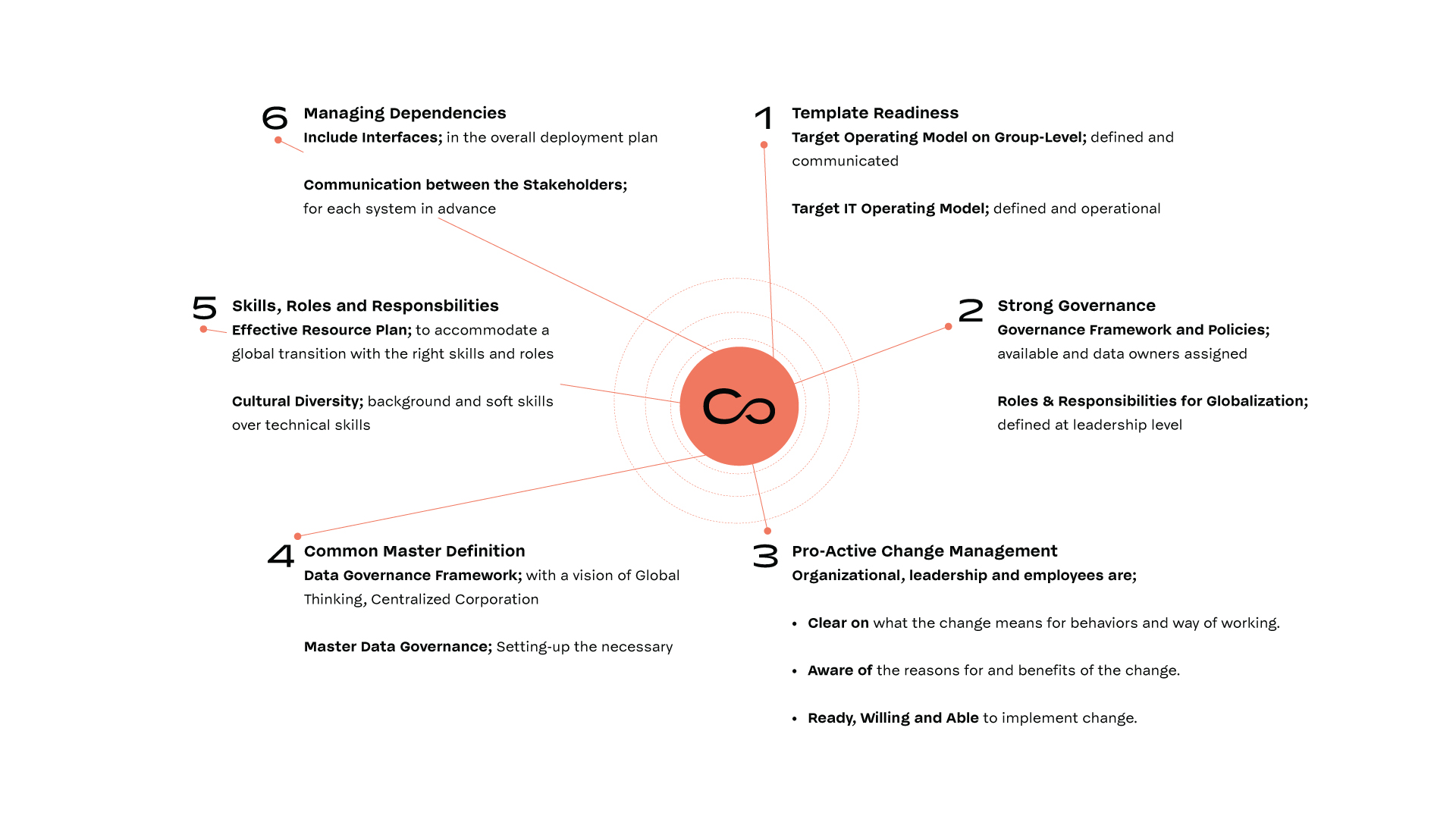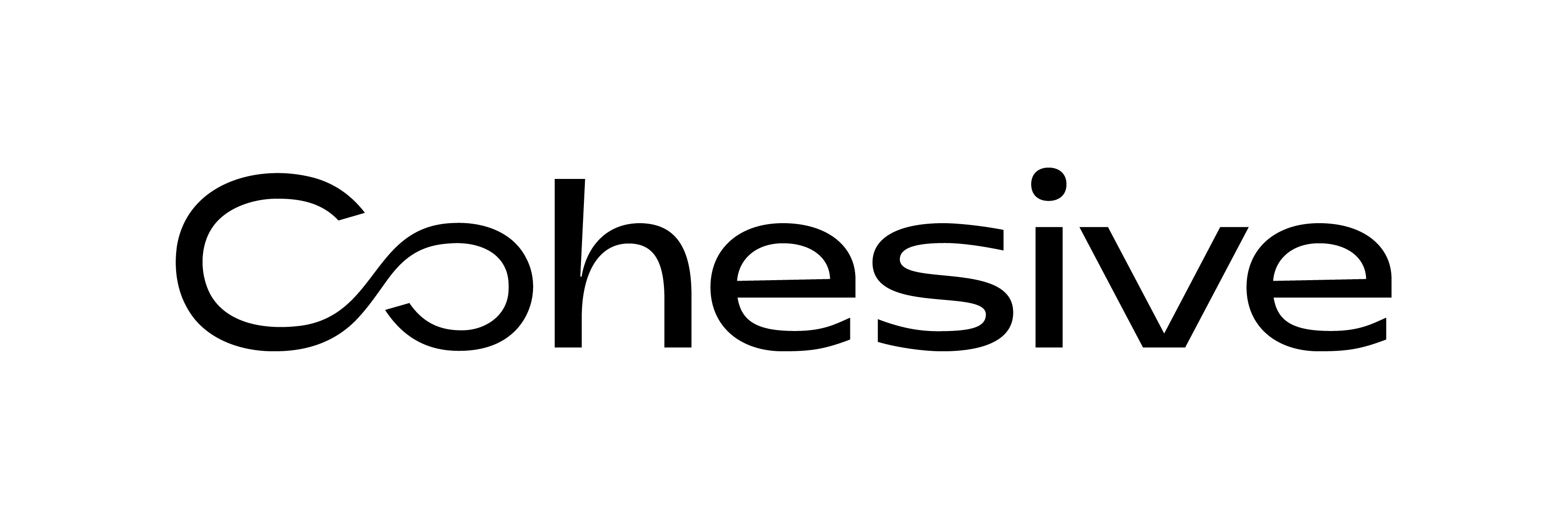The Challenge
Business Transformation
• Agile Coaching
• Organizational Change Management
• Enterprise Architecture
• Data Governance Design
Based on the results, the change side was managed, with Cohesive ensuring that people were adapting to the change and were trained in time on the new way of working. Further time was also invested elsewhere across the business to ensure the right people were involved in the project to make the adoption run more smoothly.
Data Management

The Cohesive team involved in the project included the following:
Program Manager: accountable for managing specific business transformation programs and handles various aspects like planning, execution, and monitoring of the assigned project.
Agile Coach: Supporting and implementing Program Management Tools, facilitating scheduling and assignments, securing an Agile way of working through Change Framework and Agile Coaching and building repeatable transformation processes.
Project Manager: Responsible for leading individual initiatives within a program. They coordinate with different teams to ensure successful project delivery according to defined objectives, timelines, and budgets.
Change Management Consultants: Managing and driving organizational change during the transformation process. They develop communication strategies, and training programs, and ensure the smooth adoption of new processes, systems, or technologies across the company.
Business Analysts: Gathering requirements, analyzing data, identifying areas for improvement, and making recommendations for transformation initiatives. They work closely with the project managers and other stakeholders to translate business needs into actionable project plans.
Enterprise Architect: do the modelling needed to change the operating model, map business capabilities, and align technology to the organization’s strategic goals. They collaborate with other stakeholders, such as project managers and business analysts, to create integrated and scalable solutions aligned with the company’s strategic goals.
Functional Experts (SMEs): Functional experts from various business units or sectors are often involved in business transformation projects to provide domain-specific knowledge and insights.
Support Staff: Administrative support staff who are responsible for administrative tasks, documentation, scheduling, and other operational activities to ensure the smooth functioning of the office.
The Results
The benefits of having a uniform global ERP System, include the following:
- Management can make better and more accurate forecasts and the business can make realistic estimates
- Duplication of information is avoided when people stop working in parallel in Microsoft Excel or different systems
- Benchmarking performance is enabled across plants, ensuring clear visibility
- Dashboarding for predictive analytics to better manage finance
- Industry 4.0 for predictive maintenance to optimize asset management
- Enhancement of productivity by automating redundant processes, which allows synergies, further advantages and the reduction of costs
”“What made this unique project so successful was that Cohesive was involved in all facets of the program across IT, People and Processes.
Tim PenningsSenior Project Manager, Cohesive
With the ERP system implementation, from supporting the business units with their requirements and how that would reflect in the process and system by including Enterprise Architecture, to testing and training together with the 3rd party software vendor.
But also, by being involved in additional aspects such as change management, data governance and C-Level sponsorship, these all contributed to massively increasing the chances of achieving a successful project outcome.”








